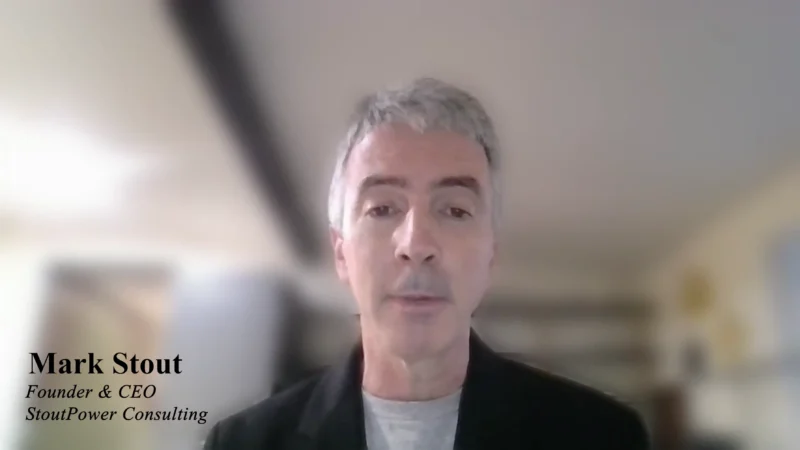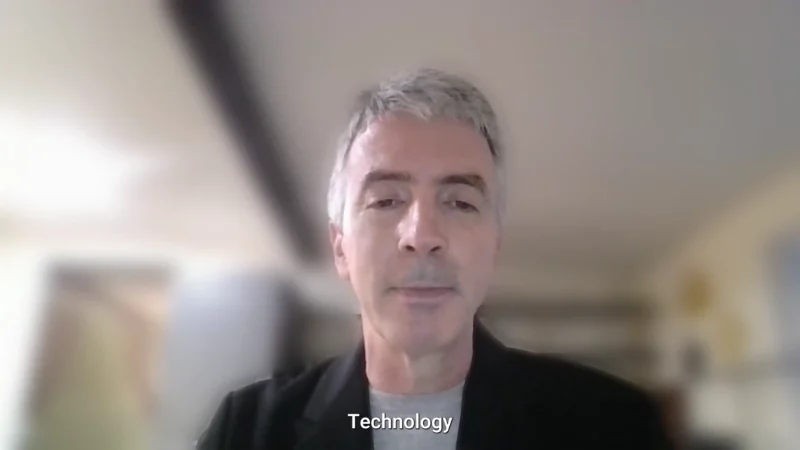Acoustics CAD Simulation: The Future of Aerospace Design
As industries strive to meet stringent noise regulations and enhance acoustic performance, acoustic CAD simulation has become an essential tool in aerospace design. The European Environment Agency reports that noise pollution affects the well-being of millions, emphasizing the need for advanced acoustic solutions to mitigate these effects.
What cutting-edge strategies and technologies can address the growing challenges of noise pollution in aerospace and beyond? This is the core question explored in the latest episode of Getting Technetical, hosted by Michelle Dawn Mooney and featuring guest expert Raphael Pesseau, the Director of Acoustics Engineering Solutions at Hexagon Manufacturing Intelligence.
This episode explores the applications of acoustics CAD simulation in aerospace design, discussing its impact on environmental noise control, regulatory compliance, and product innovation.
Mooney and Pesseau’s conversation includes the following:
- The Critical Role of Acoustics in Environmental and Regulatory Compliance: Addressing noise pollution and meeting regulatory benchmarks through advanced simulations
- Technological Innovations and Solutions: Exploring Hexagon’s role in bridging the real and digital worlds to tackle acoustic challenges
- Future Directions and Collaborations: Discussing the integration of Technetics’ FELTMETAL™ in acoustic designs and its implications for the industry
As the Director of Acoustics Engineering Solutions for Hexagon, Raphael Pesseau manages a global team specializing in acoustic simulation using the Actran software. With a career focused on simulation technologies and acoustic solutions since 2007, Pesseau significant contribution to the field grew after his firm became part of Hexagon in 2017. Pesseau is based in Toulouse, France.



